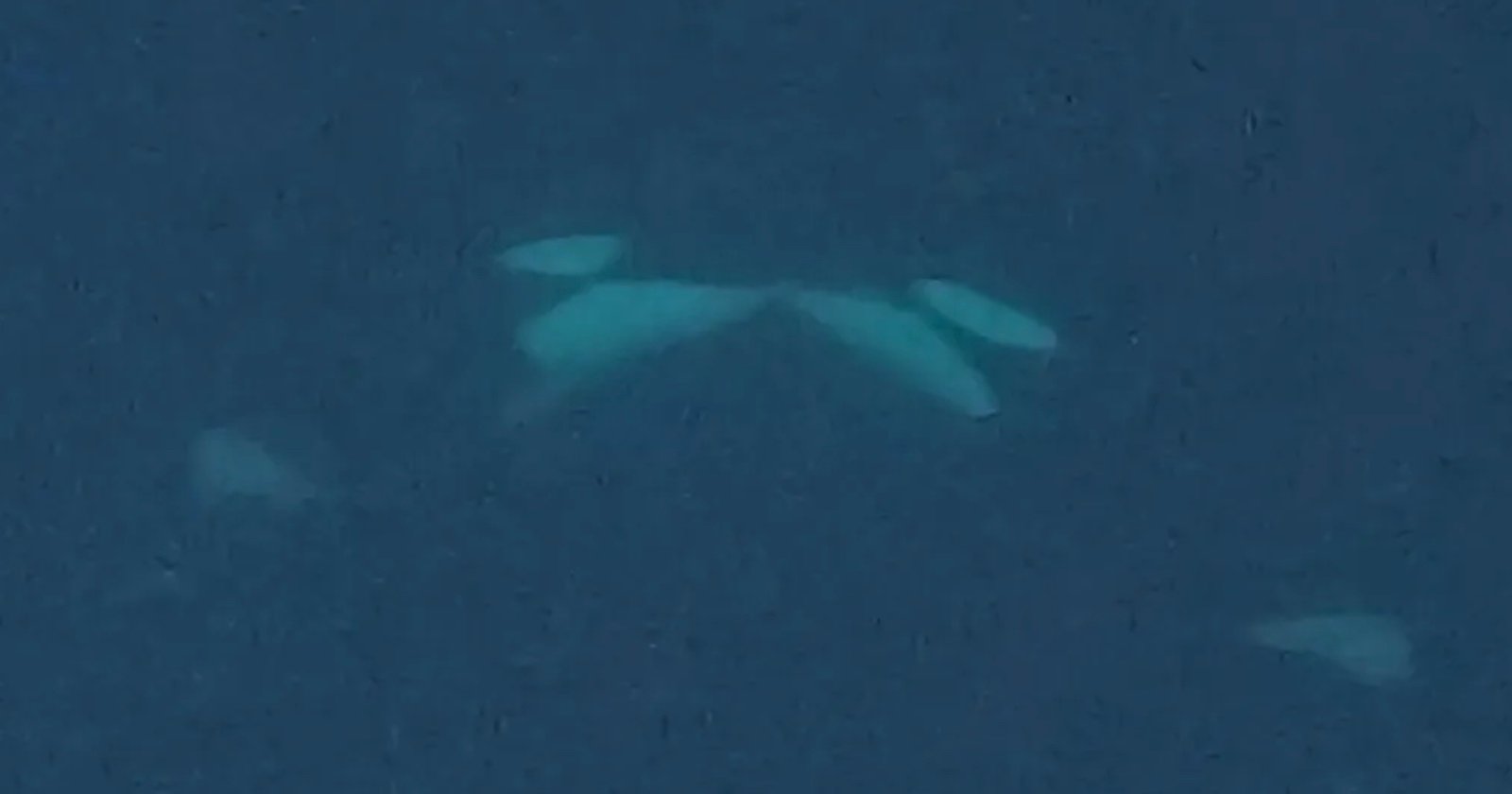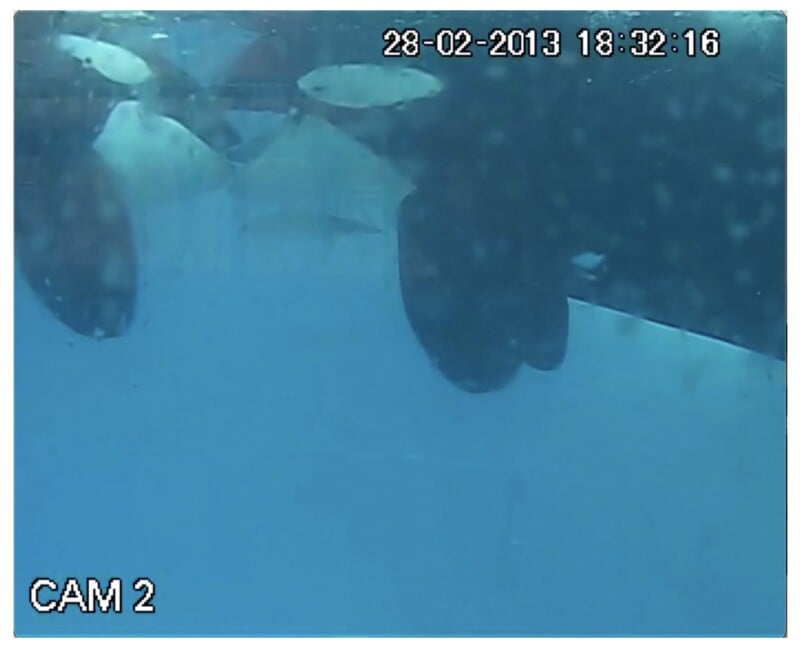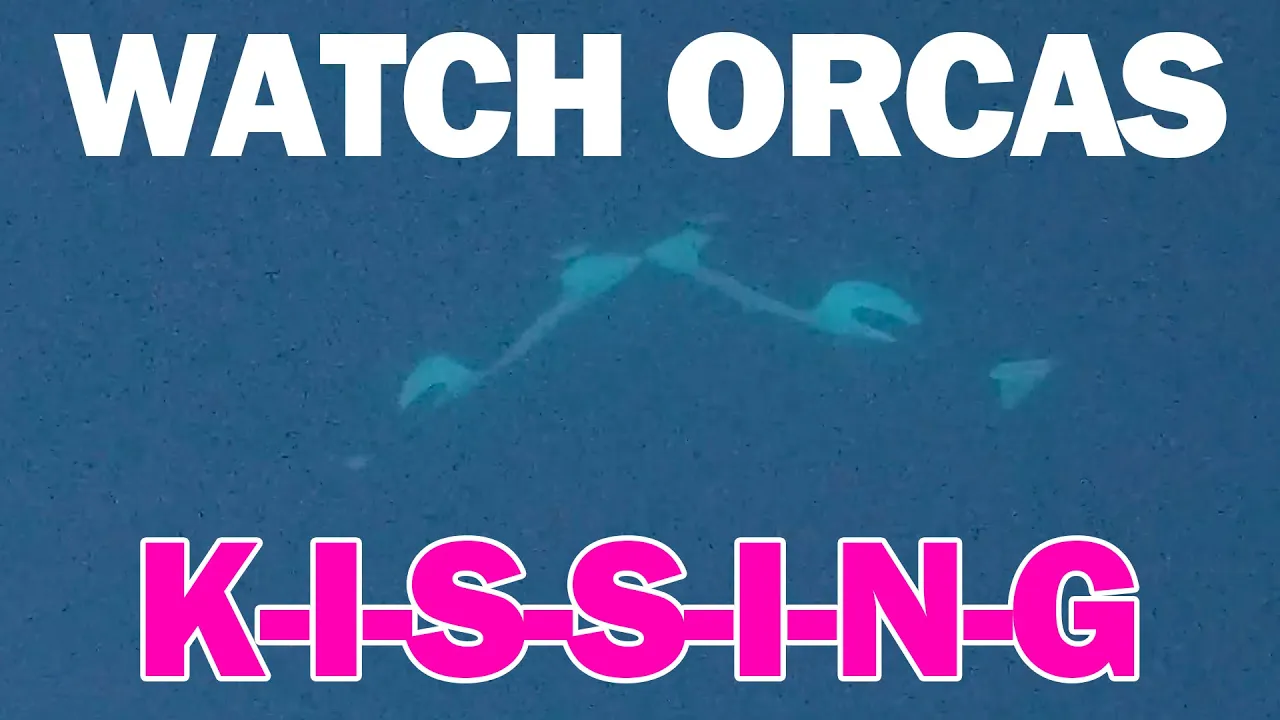Scientists Film Killer Whales ‘Kissing’ in the Wild for The First Time

For the first time, scientists have recorded footage of two wild killer whales, also known as orcas, engaging in behavior that resembles kissing.
The video, captured during a snorkeling expedition in October 2024 in the Kvænangen fjords of northern Norway, shows the pair gently nibbling each other’s tongues during a mouth-to-mouth interaction that was similar to kissing. The whales repeated the behavior three times over about two minutes before swimming off in separate directions.
The footage and images were published in a recent study in the journal Oceans. The researchers described the interaction as a rare and previously undocumented behavior in wild orcas. While the scientists are not certain of its purpose, they believe it could be related to social bonding.

According to a report by Live Science, this type of interaction — referred to as tongue-nibbling — has only been documented in captive orcas. It was first observed in 1978 and later described in 2019 at Loro Parque, a zoo in Tenerife, Spain, where four orcas were seen engaging in the behavior. However, caretakers there noted that it has not been seen in recent years.
“Tongue-nibbling is exceptionally rare,” study co-author Javier Almunia, a marine mammal researcher and director of Loro Parque Fundación, tells Live Science. “Orca caretakers at several facilities are aware of the behavior, but its prevalence is extremely low — it may appear and then not be observed again for several years.”

Mouth-to-mouth contact is common in many species and can mean different things. For example, primates may kiss to show trust, and dogs and wolves lick each other’s mouths to show respect or submission. While tongue-nibbling hasn’t been seen in other animals, similar actions have been reported in beluga whales.
“Tongue-nibbling itself has not been recorded in other species, but comparable mouth-related social interactions have been observed in belugas (e.g., mouth-to-mouth contact). This could suggest that, given cetacean anatomy — particularly the adaptation of limbs to the marine environment — oral contact may serve as a more versatile means of social communication than in terrestrial mammals,” Almunia adds to the news outlet.
The discovery comes after researchers captured drone footage of killer whales using kelp to groom one another — an extraordinary first in marine tool use.
Image credits: All photos by Almunia et al/Oceans 2025.
Source link


